Like this:
Compensation for property taken under this subsection shall be determined and awarded by the district court of the United States in accordance with section 3114(c) of title 40, United States Code.’’.
The Secretary LOVES this legislation!! She said
Energy Secretary Jennifer Granholm on Friday backed the much-debated permitting overhaul provisions unveiled in Congress this week, saying they would enhance the department’s efforts to speed up electric transmission lines that connect clean energy to the grid.
“We are very excited at DOE about the potential for streamlined permitting on clean energy projects,” Granholm told reporters on the sidelines of the Global Clean Energy Action Forum in Pittsburgh.
“And I think that holds the greatest promise of the goals we’d like to achieve, which of course is getting to 100% clean electricity by 2035,” Granholm said.
“Community input is important in all of this,” she said. “We have to be very intentional about that, and we’ve got a team that is focused on that as well.”
“Obviously, the transmission process has been ridiculously slow, and so many NIMBY issues related to it,” Granholm said, using an acronym for the “Not In My Backyard” movement.
Some states are opposing this nonsense.
We don’t think that removing the states is actually going to reduce the time frames,” said Greg White, executive director of the National Association of Regulatory Utility Commissioners, which represents state officials.
He called the permitting proposal “draconian,” arguing it does nothing to solve delays stemming from federal environmental reviews. NARUC has pressed the department to scrap the proposal and bring states to the table.
“The sense is, if they can remove the state authority on siting these, that these projects will proceed quicker—and we disagree with that,” White said.
So, what can you do? Call or write your U.S. Senators and tell them to oppose Manchin's permitting reform legislation. Do it now, even if you've done it before. The stakes are too high to sit back and hope things work out okay. We must act!
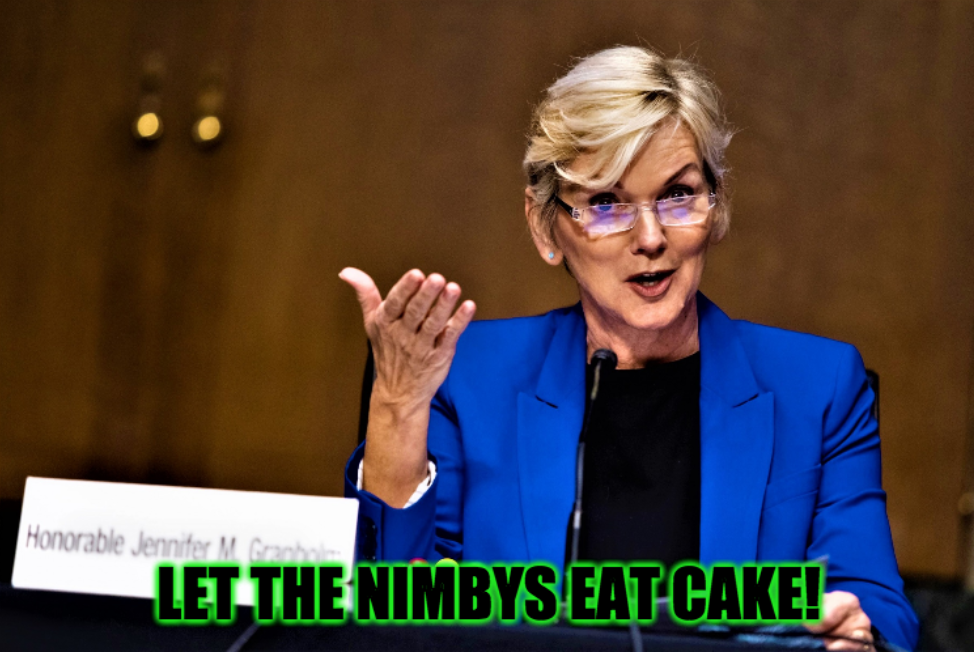
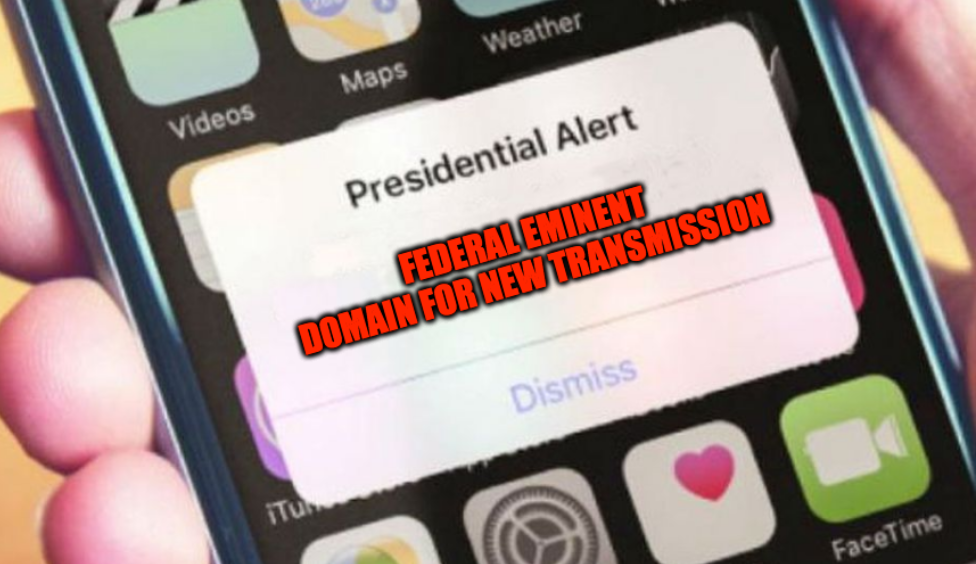
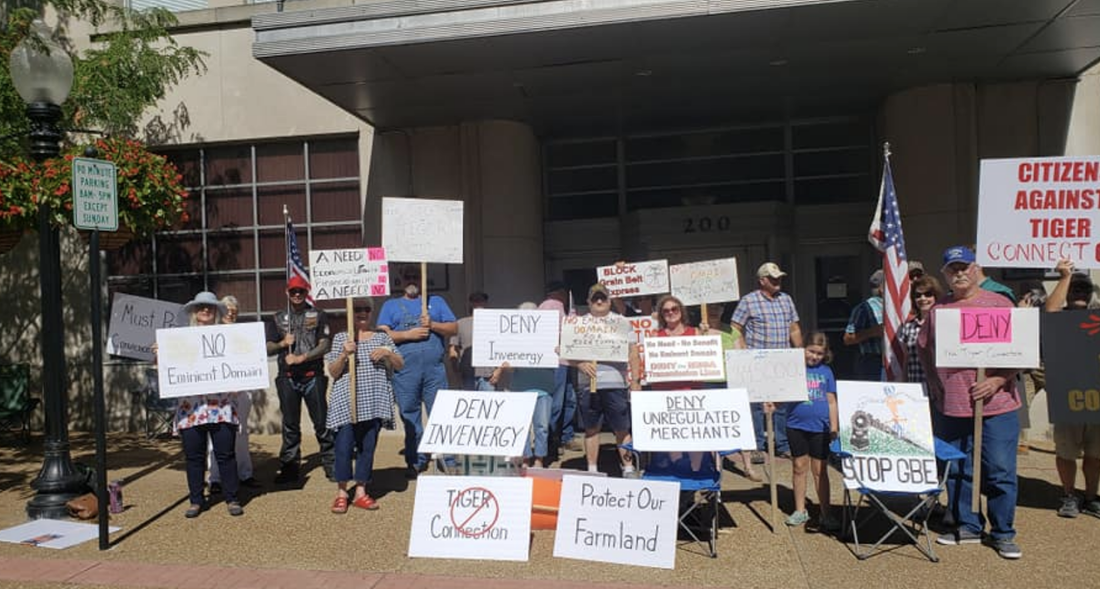
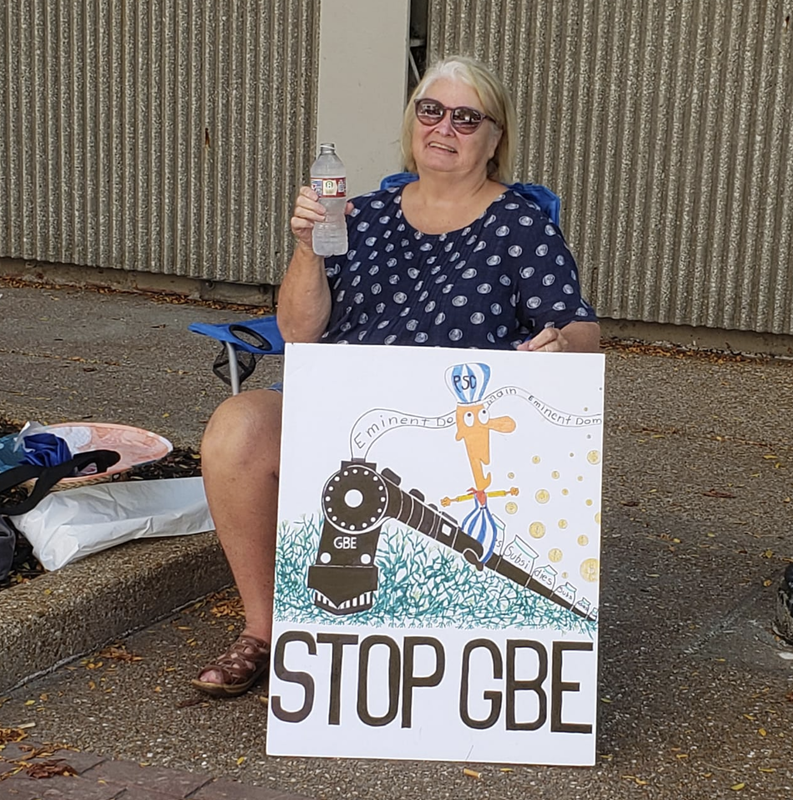
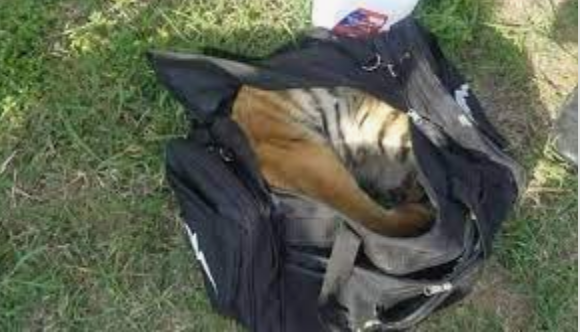

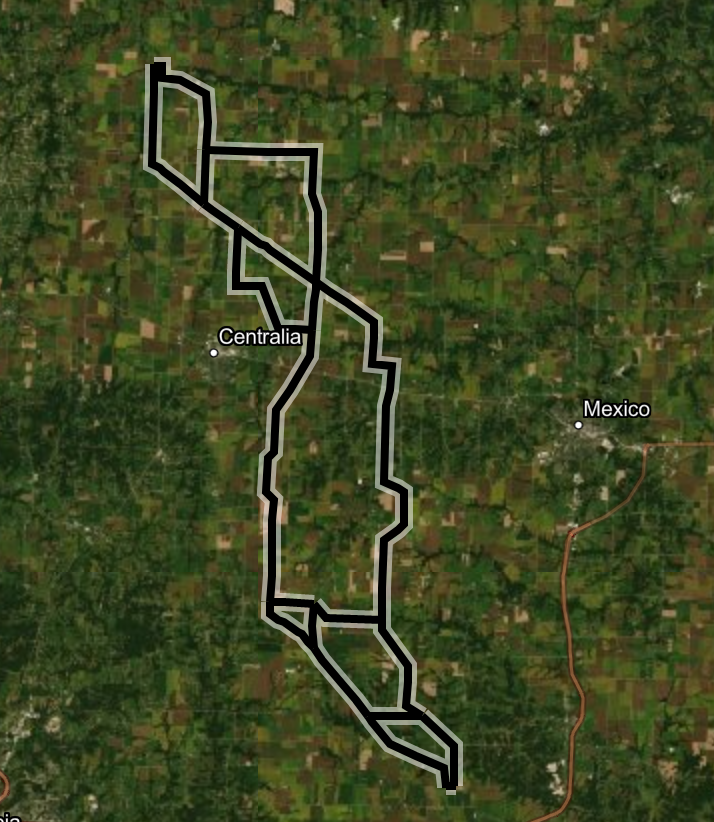
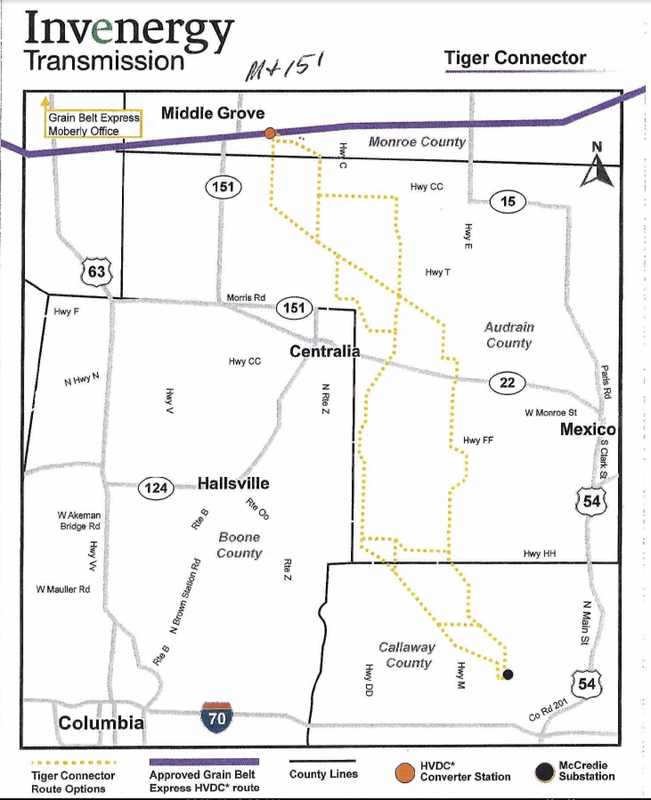

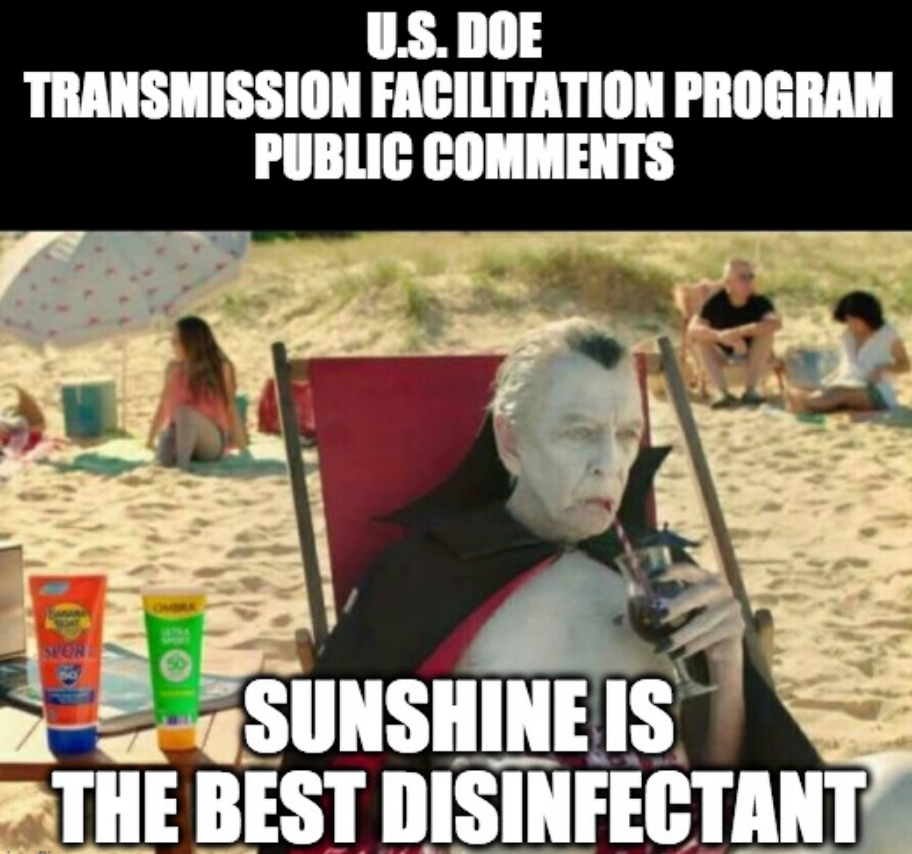
 RSS Feed
RSS Feed